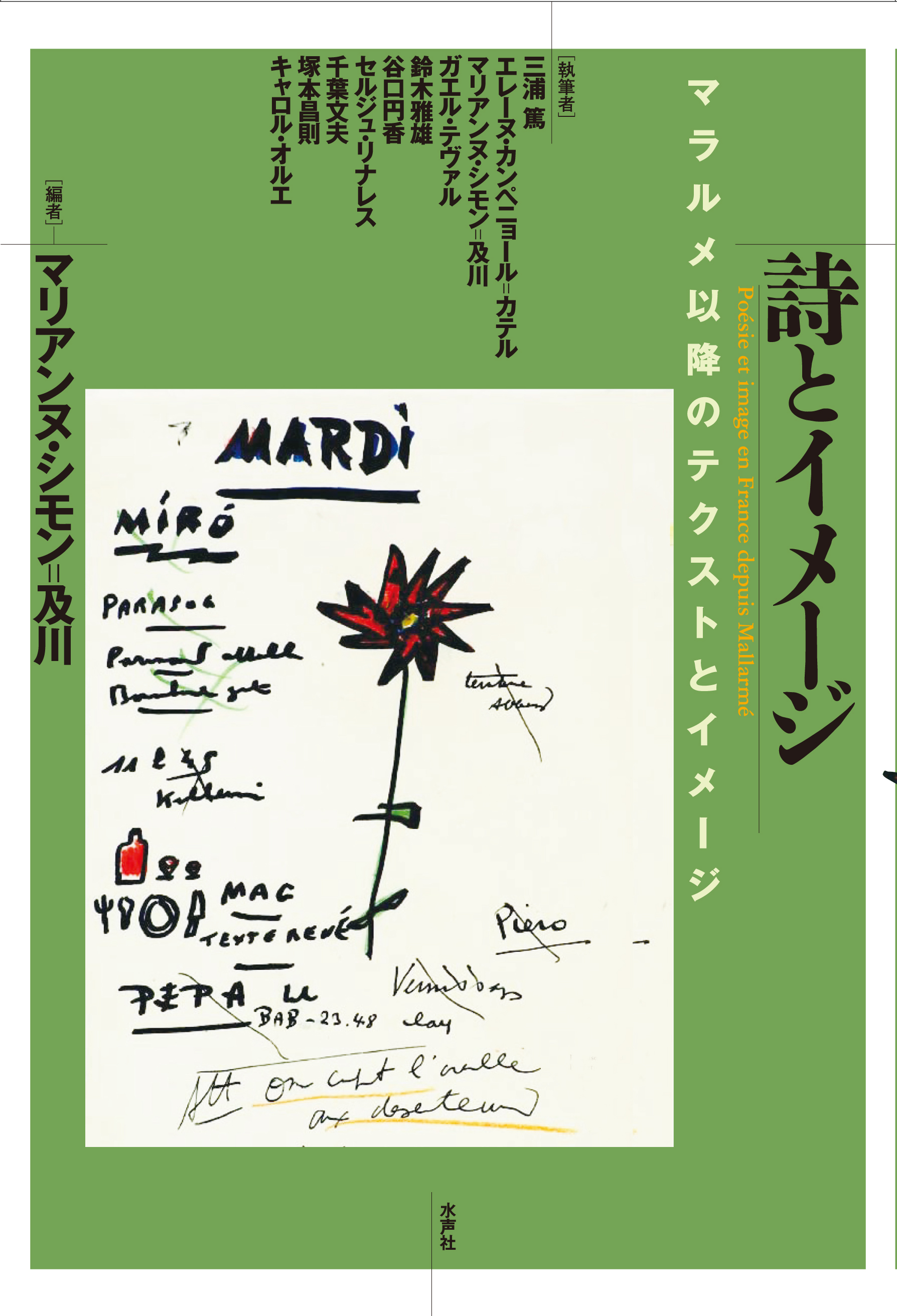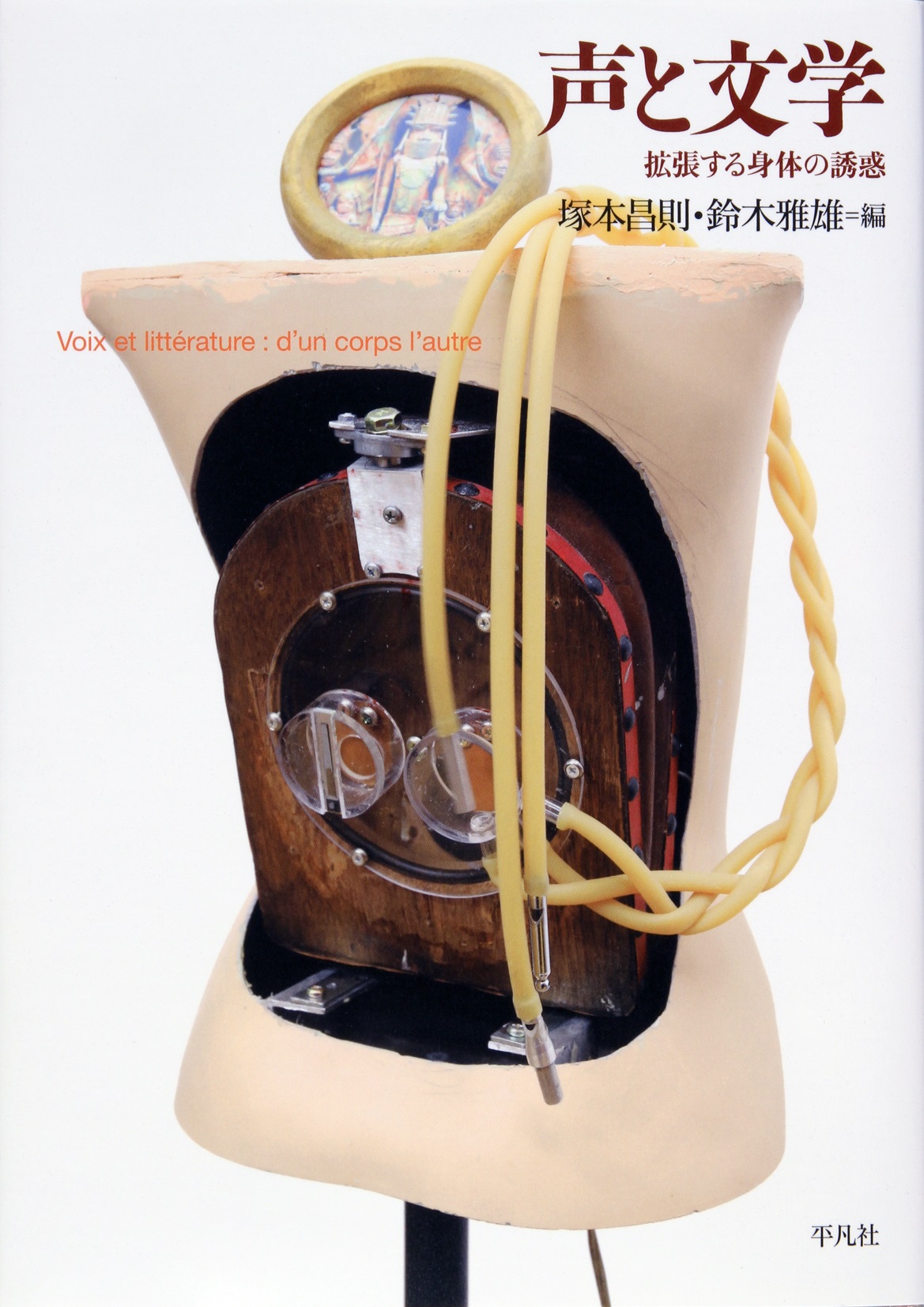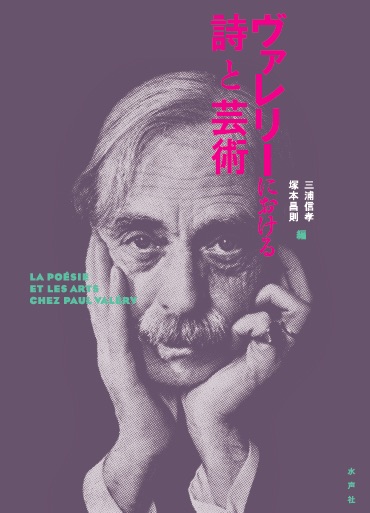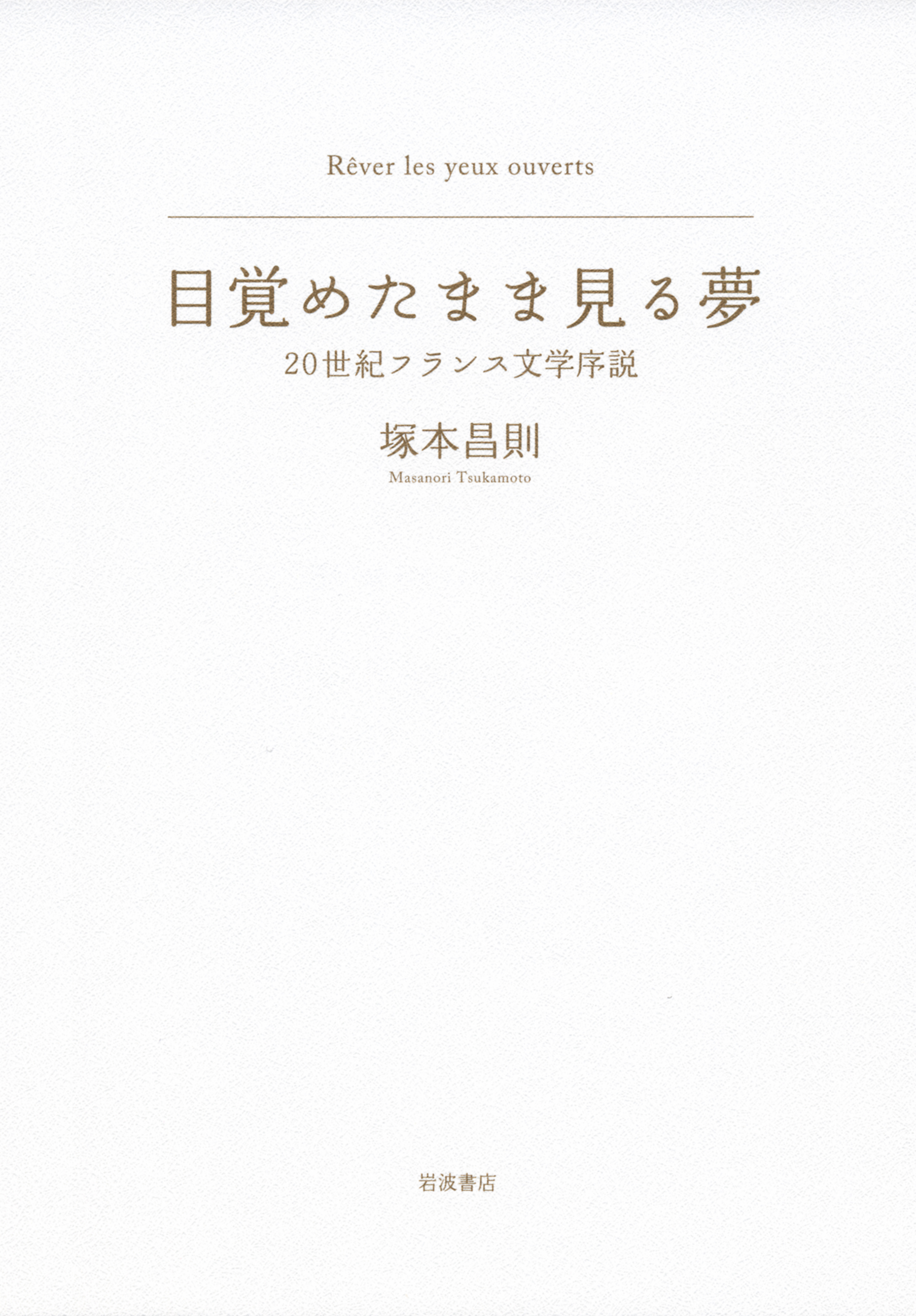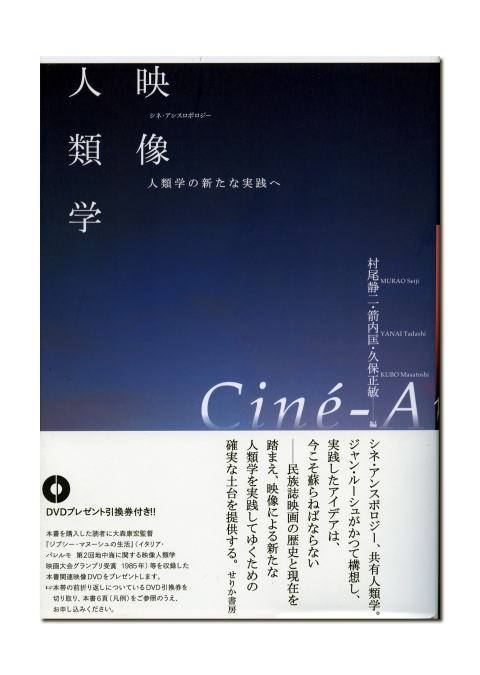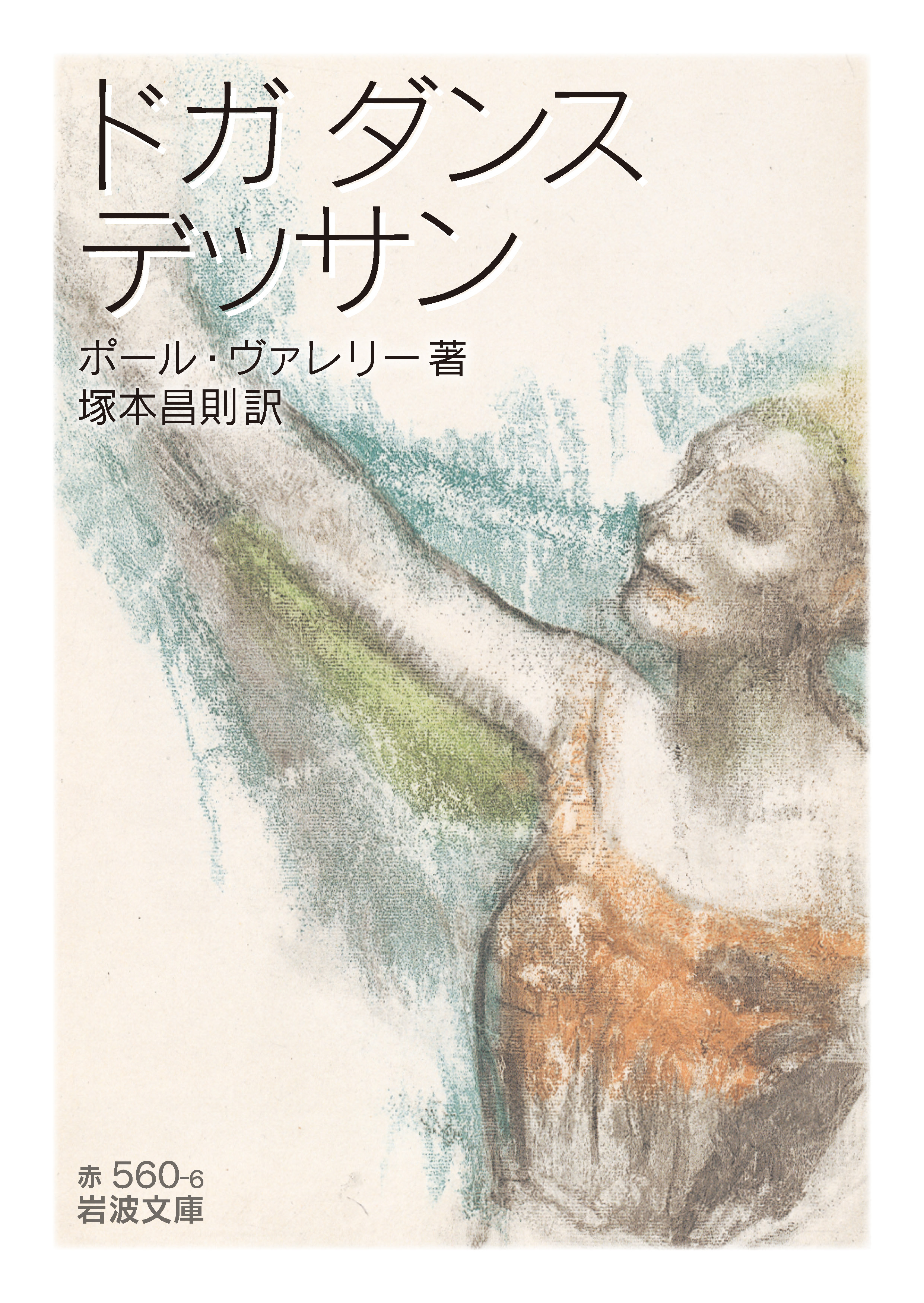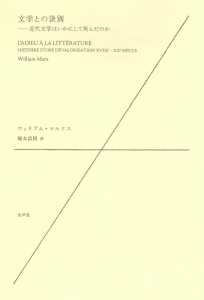
Title
Levi-Strauss Collection Que Sais-je ? Q990
Size
158 pages, paperback pocket edition
Language
Japanese
Released
May 10, 2014
ISBN
978-4-560-50990-6
Published by
Hakusuisha
Book Info
See Book Availability at Library
Japanese Page
How can nature be distinguished from culture? This book describes the French ethnologist Claude Levi-Strauss as an author who pursued this question throughout his lifetime. At which point does nature, which is an eternal continuity, transform into culture, which is discontinuous? To take a different approach, the question may be rephrased thus: what is the relationship between the domain of perceivable material and the realm of intellectual signs? Cathrine Clémant, a contemporary French writer, philosopher, and essayist, finds within Levi-Strauss a moralist rooted in French traditions, beyond the frame of ethnologist, as he grappled with these riddles. She presents Levi-Strauss as an author who has pursued human beings on the boundary between the human and the inhuman.
Each of the book’s 28 chapters offers multi-dimensional analyses on how he developed his perspectives of observation over this boundary. It is undoubtedly an insurmountable task to entirely encapsulate this great figure, who published a wide volume of writings, in a concise introductory book. Clémant in the process of following the figure of the anthropologist who tries to address the riddle of the difference between nature and culture, offers some definite clues to understand his varied literature. She points out that it is Levi-Strauss’ unique gaze of infinite subtlety, which he casts on a transient realm from material reality to a cultural domain, that allows us into the depth of his stories. His gaze does not reduce the object of observation to a dichotomous framework of the abstract, such as sub- and super-structure, or conscious and sub-conscious. He instead focuses on the irreconcilable fundamental conflict where what lies under constantly-changing forms cannot be understood.
Clémant points out that Levi-Strauss first ordered the initial transformation occurring to a chaotic continuity that resists segmentation into certain excess and certain deficiency. The opposition metamorphoses into various dichotomies in quick succession, without being reduced to a somewhat transcendental opposition. Honey, for example, is at the same time a natural product and a processed food (in the sense that it can be consumed as-is); it is dry and yet needs moisture; its flavor varies, sometimes sweet and sometimes acidic; it has health benefits and detriments. These dichotomies continue to transform infinitely into other dimensions, rather than being reduced to a fundamental opposition. In this way, he is eventually driven to focus on what amplifies this ambiguity and refracts the light from chaos in all directions. His attention extends to the somewhat unexpected dimensions of poisons, shamanism, seducers, masks, rainbows, opossums, musical half-notes, and Nicolas Poussin’s technique of drawing based on wax figures. Perception and intellect continue to produce milliards of combinations without being completely integrated.
This book is unique in that it explores the locus of the anthropologist’s passion that drove him to write, beyond the commentaries on his particulars, such as the notion of structure (a hot topic during the 80s), the 20th century’s epic memoir Tristes Tropiques, the concepts signifiant flottant and bricolage (which are often used as points of reference in semiology and cultural discourses even today), and the affinity between myths and music. His gaze, when directed to the border between human events and those outside human control, as noted by Clémant, appears to expand beyond the boundaries of anthropology.
(Written by TSUKAMOTO Masanori, Professor, Graduate School of Humanities and Sociology / 2018)
Related Info
https://www.puf.com/content/Claude_L%C3%A9vi-Strauss



 Find a book
Find a book


